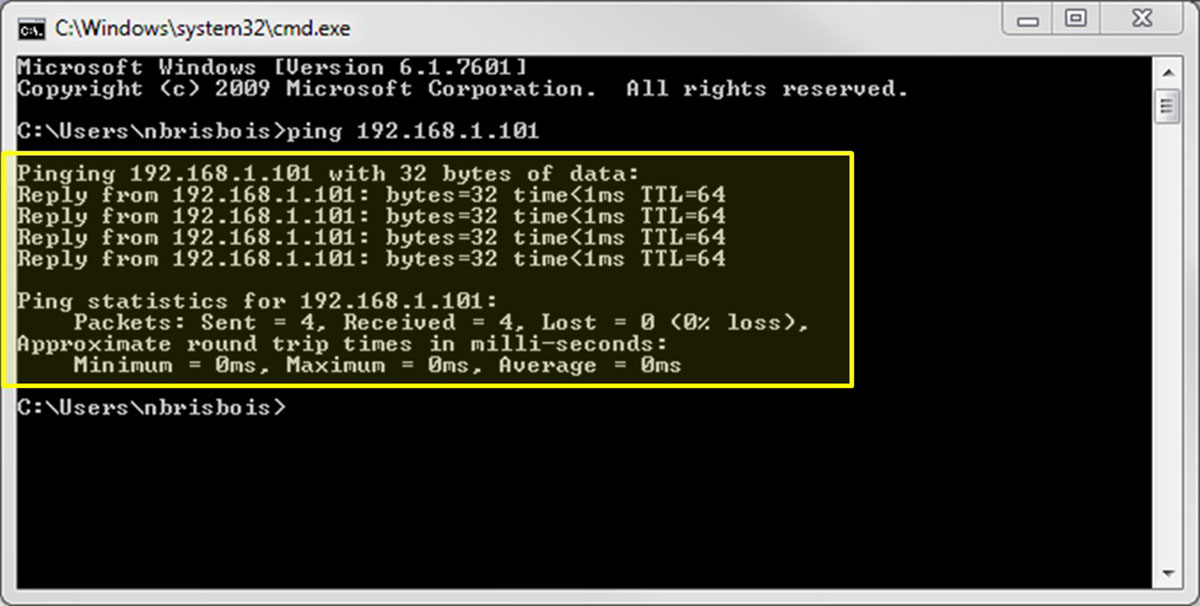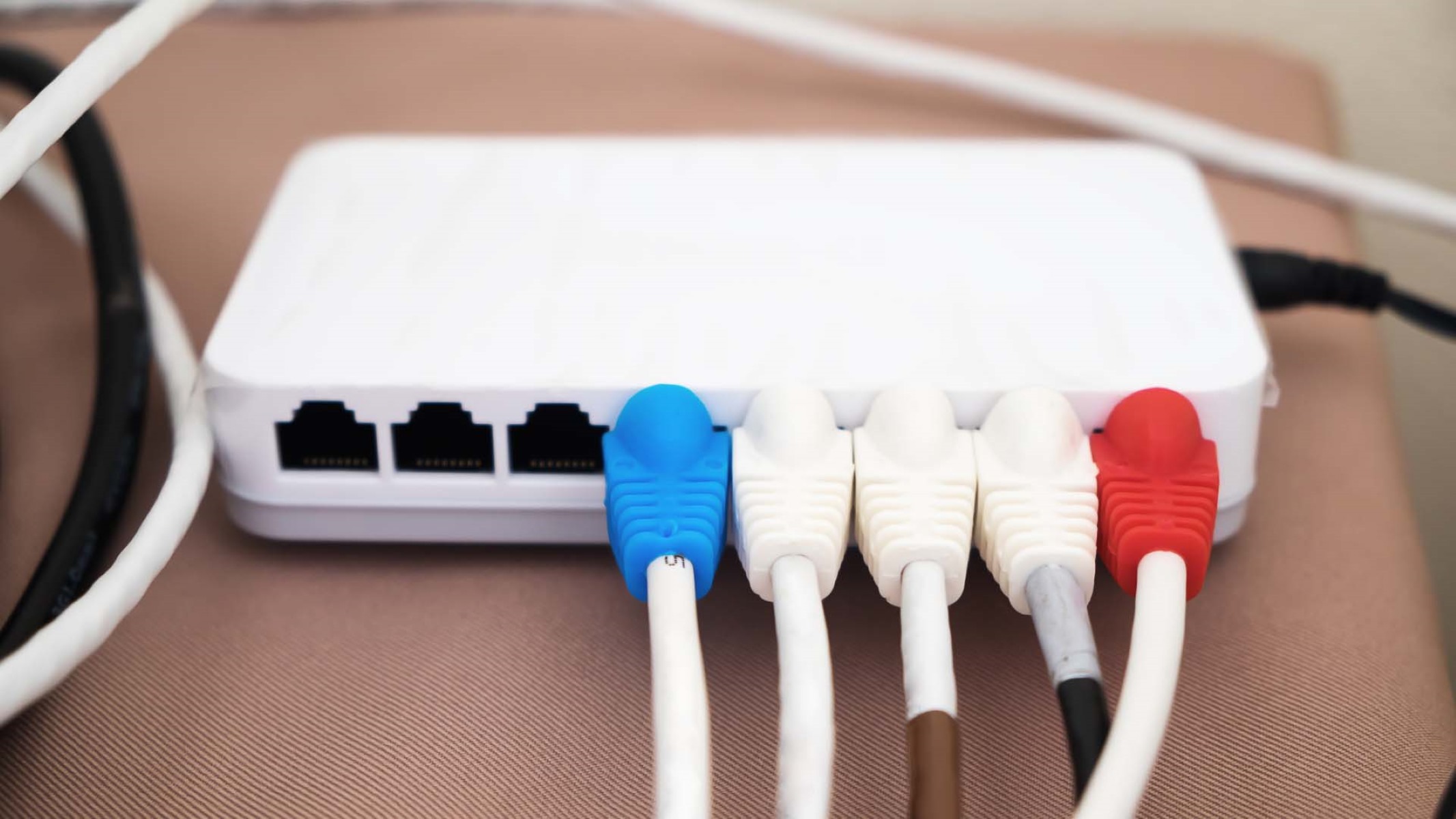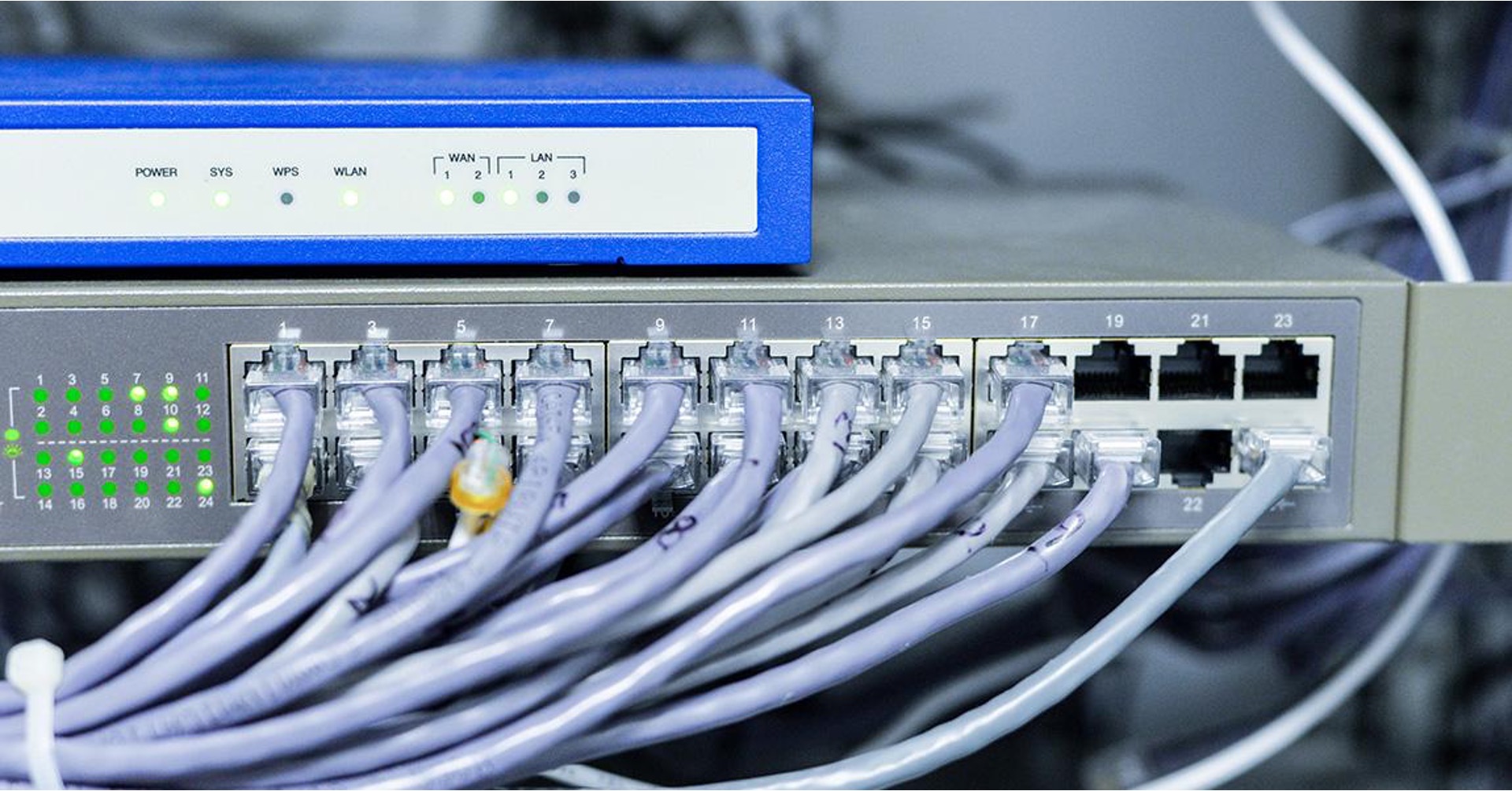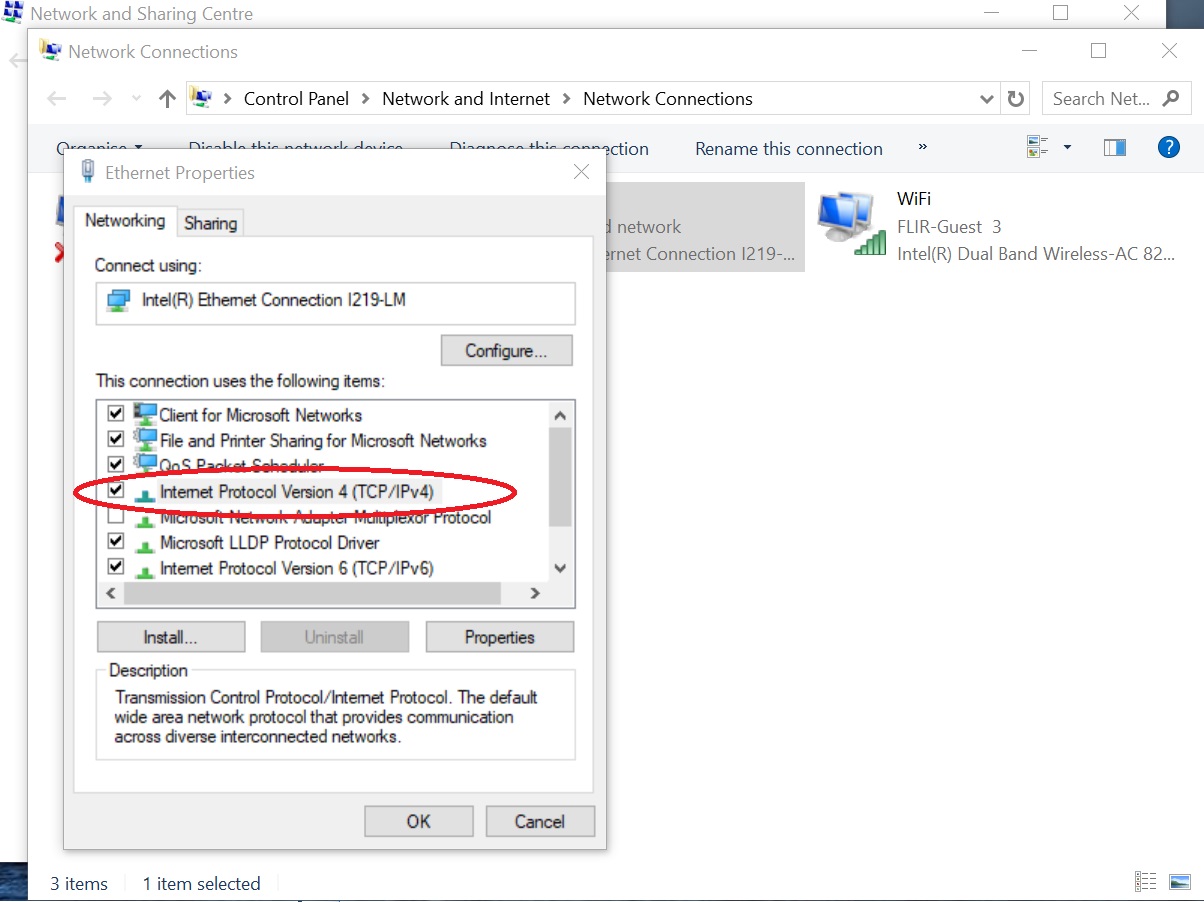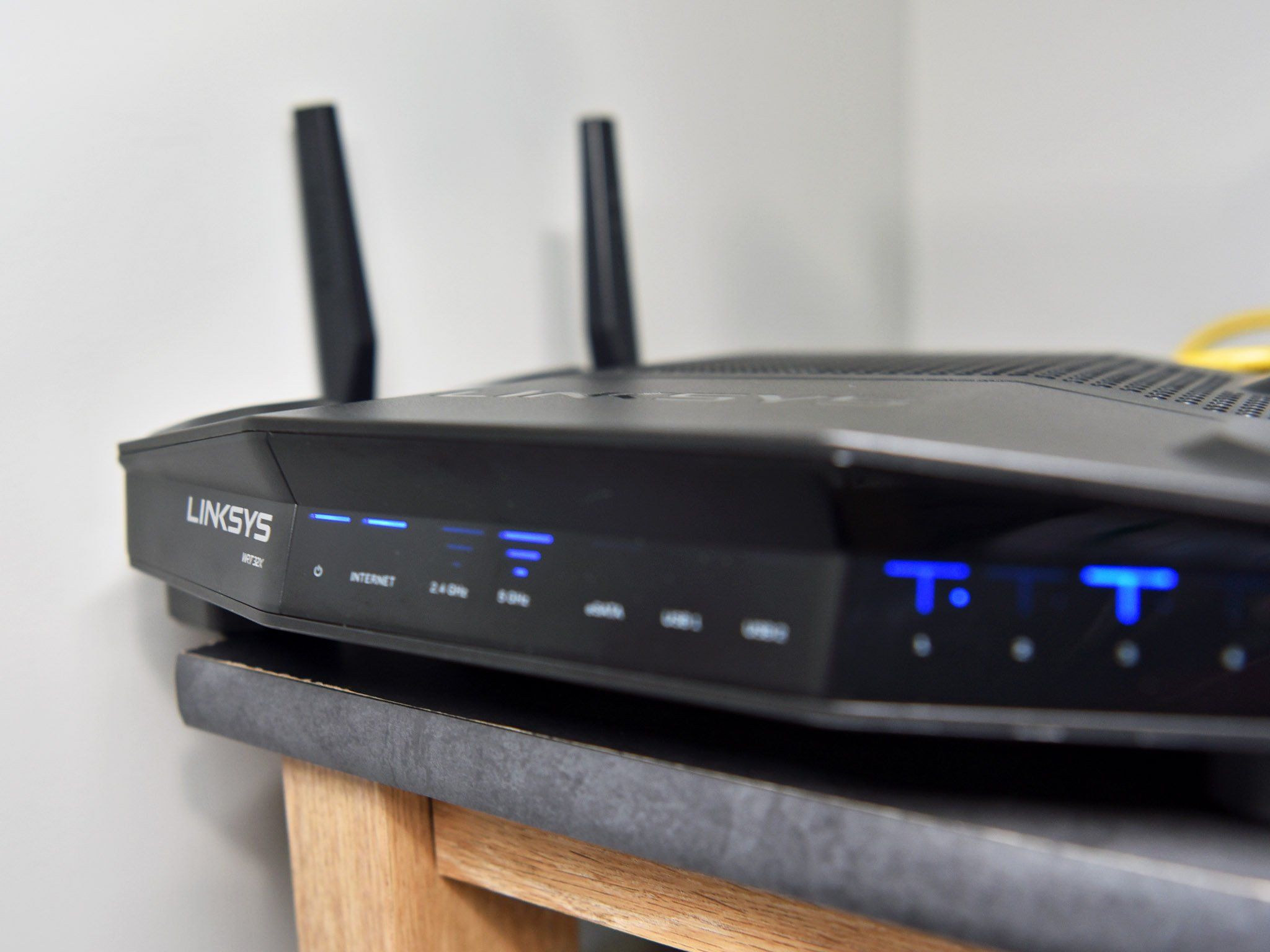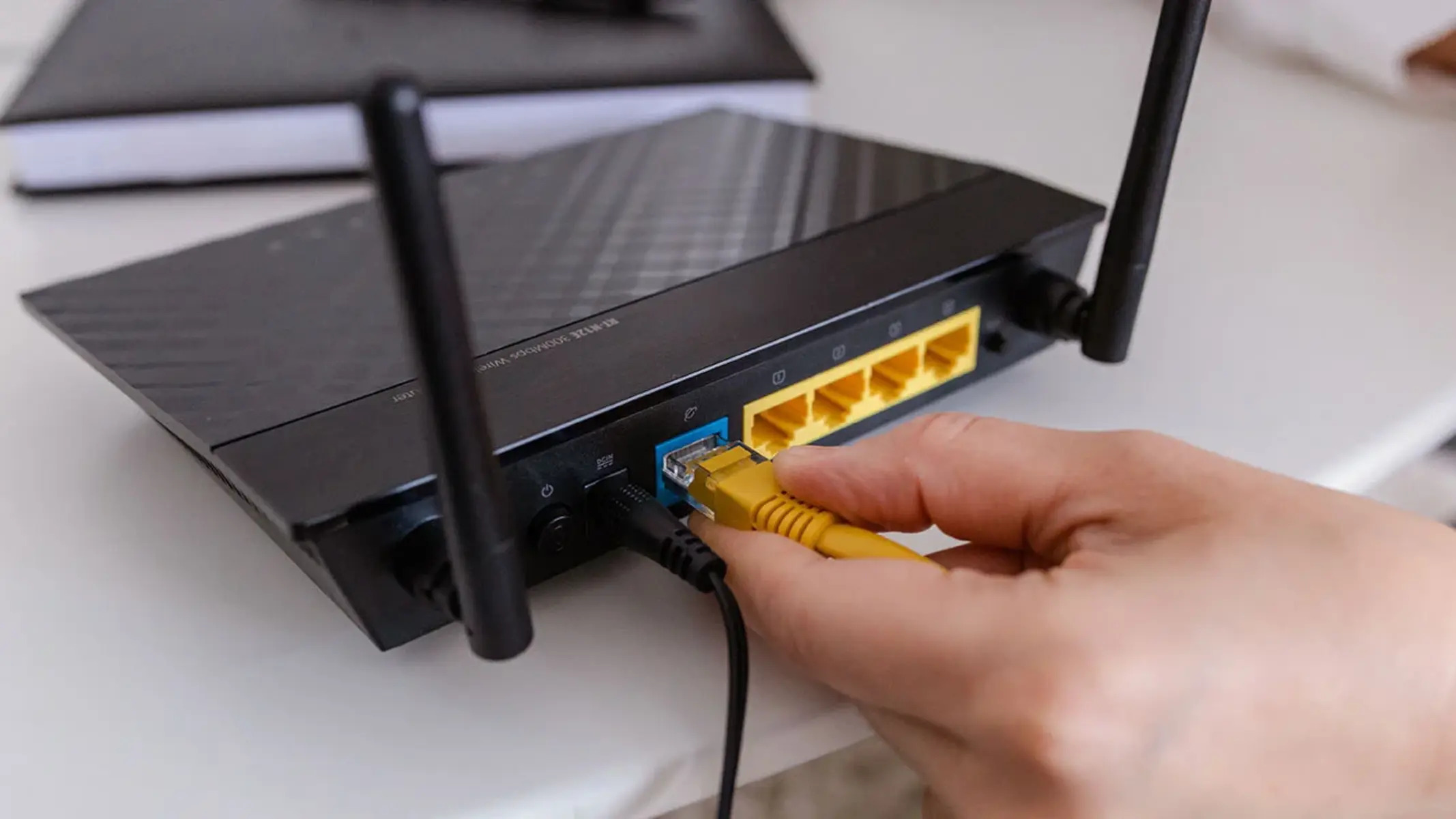Introduction
In the world of networking and technology, IP addresses play a crucial role in facilitating communication between devices. An IP address, short for Internet Protocol address, is a unique identifier assigned to each device connected to a network. It acts as a virtual address and enables devices to send and receive data over the internet.
When it comes to troubleshooting network connectivity issues or assessing the response time between devices, ‘pinging’ an IP address is a widely used technique. Pinging an IP address involves sending a small packet of data to the specified IP address and waiting for a response. This simple but effective method helps determine if a device is reachable and whether there are any delays or problems in the network connection.
In this article, we will guide you through the process of pinging an IP address. Whether you are a network administrator, a tech enthusiast, or simply curious about how to check connectivity, understanding how to ping an IP address can come in handy.
What is an IP address?
An IP address is a unique numerical label assigned to each device connected to a computer network. It serves two main purposes: identifying the host or network interface and providing the location of the device in the network.
IP addresses are essential for communication between devices on the internet. They act as virtual addresses, allowing data packets to be sent and received accurately. Without IP addresses, it would be impossible for devices to interact and exchange information over the internet.
There are two types of IP addresses: IPv4 (Internet Protocol version 4) and IPv6 (Internet Protocol version 6). IPv4 addresses consist of four sets of numbers ranging from 0 to 255, separated by periods. For example, 192.168.0.1 is an IPv4 address. On the other hand, IPv6 addresses are longer and consist of eight sets of alphanumeric characters, separated by colons. An example of an IPv6 address is 2001:0db8:85a3:0000:0000:8a2e:0370:7334.
Each IP address is divided into two parts: the network portion and the host portion. The network portion identifies the network to which the device belongs, while the host portion specifies the specific device within that network. This division allows devices to communicate within their local network and with devices in different networks. Additionally, IP addresses can be static or dynamic. Static addresses are manually assigned to devices and do not change, while dynamic addresses are assigned automatically by a DHCP (Dynamic Host Configuration Protocol) server and can change over time.
Understanding the concept of pinging
Pinging is a network troubleshooting tool used to verify the reachability of a device on a network and measure the response time between devices. It operates by sending a small packet of data called an ICMP (Internet Control Message Protocol) echo request to the specified IP address and waiting for an ICMP echo reply. This process is based on the principle of “pinging” a location to receive a response, similar to how one might send a sound or signal and listen for an echo.
When a device receives an ICMP echo request, it is expected to respond with an ICMP echo reply, indicating that it is active and responsive. The time taken for the packet to travel from the source device to the destination device and back is known as the Round-Trip Time (RTT). By analyzing the RTT, network administrators can assess the performance and latency of the connection between devices.
In addition to measuring response time, pinging can also help troubleshoot various network issues. If a device fails to respond to ICMP echo requests, it may indicate a problem with the network connection, such as a misconfiguration, firewall blocking ICMP traffic, or a non-responsive device. By using ping in combination with other networking tools, such as traceroute, network administrators can obtain valuable information about the network path and pinpoint the location of any connectivity issues.
Pinging is not limited to IP addresses alone; it can also be used to ping domain names. When you ping a domain name, such as www.example.com, the ping utility resolves the domain name to its corresponding IP address and sends ICMP echo requests to that IP address.
Overall, pinging is a powerful and straightforward tool for network troubleshooting, providing valuable insights into device reachability, response time, and potential network issues. Whether you are a network administrator, a tech enthusiast, or someone looking to diagnose network connectivity problems, understanding the concept and proper usage of pinging is essential.
Steps to ping an IP address
Pinging an IP address is a relatively simple process that can be accomplished using the command prompt or terminal on your computer. Follow these steps to ping an IP address:
- Open the command prompt: On Windows, press the Windows key + R to open the Run dialog box, then type “cmd” and press Enter. On macOS or Linux, open the terminal application.
- Type “ping” followed by the IP address: In the command prompt or terminal, type “ping” followed by a space and then the IP address of the device you want to ping. For example, if you want to ping the IP address 192.168.1.1, you would enter “ping 192.168.1.1”.
- Press Enter: After entering the ping command with the specified IP address, press Enter. The ping utility will begin sending ICMP echo requests to the IP address.
- Analyze the ping results: The ping utility will display information about each ICMP echo reply received, including the response time in milliseconds (ms) and the TTL (Time To Live) value. The response time indicates the round-trip time taken for the packet to travel from your computer to the destination device and back. A shorter response time generally indicates a faster and more stable connection.
- Optional: Specify the number of pings: By default, ping sends four ICMP echo requests to the specified IP address. If you want to send a different number of pings, you can specify it by using the “-n” flag followed by the desired number. For example, “ping -n 10 192.168.1.1” will send ten ICMP echo requests to the IP address.
Pinging an IP address provides valuable information about the reachability and response time of the device. It helps identify network connectivity issues, latency problems, and potential bottlenecks in the network. By following these simple steps, you can easily ping an IP address and gather the necessary data to assess and troubleshoot network-related concerns.
Open the command prompt
To begin the process of pinging an IP address, you first need to open the command prompt on your computer. The command prompt is a tool that allows you to execute commands and interact with your operating system.
Here are the steps to open the command prompt on different operating systems:
- Windows: Press the Windows key + R on your keyboard to open the Run dialog box. Type “cmd” and press Enter. The command prompt window will open.
- macOS: Click on the “Finder” icon in the Dock, then go to “Applications” > “Utilities” > “Terminal”. The Terminal application will open.
- Linux: Open the “Applications” menu, navigate to “System Tools” or “Utilities”, and look for the “Terminal” or “Command Prompt” option. Click on it to open the terminal.
Once you have opened the command prompt or terminal, you are ready to proceed with the next steps to ping an IP address.
It’s important to note that the command prompt or terminal may look different depending on the operating system you are using. However, the functionality and commands are generally similar across platforms.
Opening the command prompt is the initial step in the process of pinging an IP address. It provides you with a command-line interface that allows you to execute various networking commands, including the ping command.
Now that you have the command prompt or terminal open, you can move on to the next step: typing the ping command with the specified IP address to initiate the ping process.
Type “ping” followed by the IP address
After opening the command prompt or terminal, the next step in pinging an IP address is to type the “ping” command followed by the IP address of the device you want to ping.
The syntax for the ping command is as follows:
ping [IP address]
Replace “[IP address]” with the actual IP address you want to ping. Make sure to enter the IP address correctly to ensure accurate results.
For example, if you want to ping the IP address “192.168.1.1”, you would type:
ping 192.168.1.1
After typing the command, press Enter to execute it. The ping command will initiate the process of sending ICMP echo requests to the specified IP address.
It’s important to note that the ping command can also accept domain names instead of IP addresses. When you enter a domain name, the ping utility will resolve it to its corresponding IP address and send the ICMP echo requests to that IP address.
For example, if you want to ping the domain name “www.example.com”, you would type:
ping www.example.com
By typing the ping command followed by the IP address or domain name, you are instructing the command prompt or terminal to send out ICMP echo requests to the specified destination. This allows you to assess the reachability of the device and measure the response time.
Once you have entered the ping command, you can proceed to the next step, which involves analyzing the ping results to gather information about the network connectivity and response time.
Analyze the ping results
After executing the ping command with the specified IP address or domain name, the ping utility will start sending ICMP echo requests to the destination and receive ICMP echo replies. This section will guide you on how to analyze the ping results and interpret the information provided.
The ping results will be displayed in the command prompt or terminal as a series of lines, each representing an ICMP echo reply received. Each line typically includes the following information:
- Destination IP address or hostname: This is the IP address or domain name that was pinged.
- Time to Live (TTL): The TTL value represents the number of network hops that an ICMP echo request can make before reaching its destination or being discarded. It helps determine the path traversed by the ICMP packets.
- Response time: The response time, also known as the Round-Trip Time (RTT), is measured in milliseconds (ms) and indicates the time taken for an ICMP echo request to reach the destination device and receive a reply. A lower response time generally indicates a faster and more stable connection.
By analyzing the ping results, you can gather valuable information about the connectivity and latency between your computer and the target device. Here are a few key insights you can derive:
- Successful pings: If you see a series of ICMP echo replies with response times, it indicates successful pings, indicating that the device is reachable and responsive.
- Packet loss: If you notice occasional lines with “Request timed out” or “Destination host unreachable” messages, it indicates packet loss. This could be due to network congestion, firewall settings, or the device being offline or unresponsive.
- Latency: The response time measures the latency or delay in the network connection. Higher response times may indicate network congestion, router issues, or other factors affecting network performance.
By examining these factors, you can assess the quality and stability of the network connection to the target device. This information can be valuable in troubleshooting network issues or diagnosing latency problems between devices.
Once you have analyzed the ping results, you can proceed with further troubleshooting steps or take appropriate actions based on the insights gained.
Troubleshooting common issues
While pinging an IP address is a useful tool for network troubleshooting, it can also help identify and resolve common connectivity issues. Here are some common issues you may encounter during the ping process and possible troubleshooting steps:
- Request timed out: If you see the message “Request timed out” in the ping results, it means that the destination device did not respond to the ICMP echo requests. This can indicate a few potential issues:
- Firewall blocking ICMP traffic: Check the firewall settings on the destination device and make sure ICMP traffic is allowed.
- Device offline or unresponsive: Confirm that the device you’re trying to ping is powered on and connected to the network.
- Misconfigured IP address: Verify that you entered the correct IP address and try pinging again.
- Destination host unreachable: This message suggests that there may be an issue with the network connection between your computer and the destination device. Consider the following troubleshooting steps:
- Check network cables and connections: Ensure that all network cables are securely plugged in and not damaged.
- Verify IP address settings: Ensure that your computer’s IP address and subnet mask are correctly configured.
- Check router settings: Examine the router settings to ensure that it is functioning correctly and forwarding ICMP packets.
- High response times: If you consistently experience high response times during the ping process, it could indicate a network performance issue:
- Network congestion: Check if there is heavy network traffic or other devices consuming bandwidth.
- Router or switch issues: Inspect the network hardware for any potential problems or configuration issues.
- ISP or internet connection problems: Contact your Internet service provider (ISP) to investigate if there are any ongoing issues with your internet connection.
Remember that these troubleshooting steps are general guidelines, and the specific issues and solutions may vary depending on your network setup. If you are unsure or unable to resolve the problem, consult with your network administrator or a professional for further assistance.
By identifying and addressing these common issues, you can improve network connectivity, enhance performance, and ensure reliable communication between devices.
Conclusion
Pinging an IP address is a fundamental and effective method for network troubleshooting and assessing connectivity between devices. By following the simple steps outlined in this article, you can easily ping an IP address and gather valuable information about network reachability, response time, and potential issues.
In this article, we discussed the concept of IP addresses and their role in facilitating communication between devices. We also explored the concept of pinging and how it works by sending ICMP echo requests and analyzing the ICMP echo replies.
We provided step-by-step instructions for pinging an IP address, including opening the command prompt or terminal, typing the “ping” command followed by the IP address, and analyzing the ping results for insights into network connectivity and latency.
Additionally, we addressed common troubleshooting issues that may arise during the ping process, such as request timeouts, destination host unreachable messages, and high response times. By understanding and addressing these issues, you can diagnose network problems and take appropriate actions to resolve them.
Pinging an IP address is a powerful tool that can be used by network administrators, tech enthusiasts, or anyone looking to identify network issues and assess connectivity. It provides valuable insights into the performance and stability of your network connections, allowing you to troubleshoot problems and ensure efficient data transmission.
Remember to consult with your network administrator or seek professional assistance if you encounter complex network issues or require further support in troubleshooting or optimizing your network.
By mastering the art of pinging an IP address, you can become more adept at managing and troubleshooting networks, ensuring smooth and reliable communication between devices.







